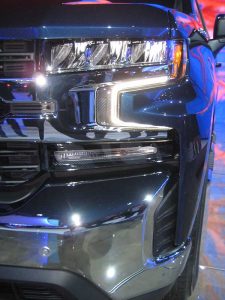
Automakers and their suppliers are always seeking bright ideas when it comes to lighting. The recent CES 2018 technology show in Las Vegas and the North American International Auto Show (NAIAS) in Detroit revealed just how much attention is being paid to headlamp and taillight systems, internal ambient lighting in vehicles and other such features.
Just as with trends in other consumer products such as smartphones, wearables and the like, automotive OEMs want to differentiate their products from the competition while retaining an identifiable brand language. For the most part, they also are aiming to pack more features and value into smaller, sleeker packages to project the image of seamless simplicity.
When it comes to vehicles, certain trends remain constant — the need for uncompromised safety and excellent performance, all at a justifiable cost, and increasingly at lighter weights. Longer-term trends involve the consolidation of both componentry and manufacturing processes to achieve all the above.
CES, with its growing spotlight on automotive tech, focused more on connectivity between consumer and vehicle with a slew of interactive touch-screen and voice-activated interfaces, and on electric and autonomous vehicles, with their batteries, cameras, lasers, and sensors. These trends also have major implications for the use of plastics and polymers.
At the Detroit show, meanwhile, new-product introductions and futuristic concept vehicles ruled the day, stretching the minds of even the most imaginative. Variations on LED lighting configurations were prominent. Let’s briefly illuminate some of those trends.
Various LED Lamp Styles
The growing use of light-emitting diode, or LED, lights in vehicle headlamp systems is generally taking one of two forms — configurations of fewer, high-powered LED systems that create a more spatial, voluminous effect underneath the headlamp cover; or use of more, lower-powered LEDs that can be arrayed to create a more sparkling, jeweled effect.
LEDs are hotter at the P-N junction at the circuit board where electrons are converted to photons. As such, the LED “bulb” is not hot; rather, the electronics behind the bulb are hot. Heat sinks — typically aluminum but, increasingly, thermally conductive polymers — are needed, therefore, to take the heat away from this portion of the electronics at the circuit board. (By contrast, halogen runs hotter at the bulb itself.)
There also are light pipes and light blades:
- Light pipes are thin, linear runs of clear material that that offer no 3D effect but which can be made either to project a homogenous light with diffusion techniques, or can give a sequence of discrete bright/hot-spots. The latter also can be deployed for distinctive “glitzy” and “jeweled” styling effects.
- Light blades, meanwhile, are usually small, flat surfaces of clear material that can be stacked side by side to create more of a 3D visual effect when lit. The light blades provide a 2D “plane of light” to be illuminated, whereas the light pipes provide a one-dimensional “line of light.” The plane aspect provides a dramatic effect and when layered, creates an additional dimension, yielding the 3D effect.
Light blades and light pipes can be made of PC, acrylic or liquid silicone. Headlamp lens covers these days are nearly all polycarbonate, while tail lamp covers, which do not require impact resistance, are often acrylic.
Looking ahead, the imminent rise of autonomous, self-driving vehicles will necessitate the widespread use of lasers, radars, cameras and sensors on each such vehicle. These are the devices that will detect other objects, and their distance and speed, to ensure collision avoidance and safe operation.
Mechanical vs. solid-state LiDAR
Today’s self-driving vehicles often employ LiDAR, which stands for Light Detection and Ranging — a remote sensing method that uses light in the form of a pulsed laser that can detect, locate and measure objects and their variable distances. LiDAR systems can be mechanical (e.g., one design is an encased, “spinning top” type of device that offers accurate, 360-degree detection), or solid state (which is non-mechanical, but has a limited field of view, and hence requires multiple fixed sensors to capture all necessary angles).
While many self-driving vehicles today use mechanical LiDAR systems — which you sometimes see attached obtrusively to a bar across the roof like a ski rack — automakers are actively exploring integrating solid-state LiDAR into vehicle headlamps, tail lamps and other vehicle positions to streamline the vehicle’s appearance while still giving the required 360-degree view.
Both types of LiDAR systems ratchet up the need for purity in the lens material and in whatever encloses these highly sensitive sensors, notes Paul Platte, senior marketing manager – automotive in the North American polycarbonates group for materials supplier Covestro LLC. The optical purity aspect is vital so the LiDAR sensors operate without hindrance to their ability to send and receive signals. Driver and pedestrian safety depends on it.
Another aesthetic consideration is automakers’ desire to disguise LiDAR sensors in visible light — so they are essentially invisible to the naked eye behind opaque-looking covers — while being fully transparent to the necessary LiDAR frequencies, Platte said.
Headlamp bling
Several vehicles on the Detroit show floor exhibited aesthetic flair:
- The 2018 BMW X2 compact SUV crossover showed brushed metallized accents above and below the lamp underneath the clear cover, yielding a bright reflective effect, while retaining the brand’s signature C-shaped LED configuration. The automaker describes it this way: “LED headlights with cornering lights illuminate the road when you're traveling at speed. With the LED fog lights, they create a distinctive appearance, and complete the connection between coupe styling and X characteristics.”
- The latest Audi Q5 Quattro on display featured not only headlights with extensive light piping, but also a large, metal-looking front grille, or license plate surround, made from a polycarbonate/polyester blend.
- The headlamps on the 2018 Lincoln MKZ luxury sedan, meanwhile, used a high-flow, LED-grade polycarbonate to achieve its distinctive style. It features a thick, curving band of clear plastic — approximately 1-inch deep by 3/8 inches thick by 18 inches long — that twists like a ribbon of taffy from underneath the lamp to the upper corner of the fixture, yielding a distinctive 3D visual effect.
- The award-winning 2019 Dodge Ram 1500 truck comes with three different headlight style options, including a plated look and what it labeled “a Bi-LED AFS,” for adaptive front lighting system that optimizes distribution of lightfrom the headlights according to driving circumstances. With AFS, depending on vehicle speed and steering input, the system points the low-beams headlights in the direction the driver intends to travel.
- The 2019 Chevrolet Silverado truck’s headlamps also demonstrate the complexity of some of today’s lighting systems. For starters, the lamp is divided into three separate “zones,” with the top having the primary high/low beam elements while the middle (in the vertical stack) has a white light bar transitioning to the lower section (in the vertical stack), which has a horizontal colored light bar. All this is achieved with the appearance of a smooth, outer surface of PC. Additionally, to obtain these aesthetics, many of the components have geometrical complexity, leading to material, design and manufacturing challenges.
All photos by Robert Grace
Tapping into ambient lighting
Lighting — especially on concept vehicles — plays a role in applications well beyond headlamp and tail light systems. Volkswagen’s concept EV crossover coupe shown in Detroit, the I.D. Crozz, included an illuminated VW front logo as well as a solid, wide light bar connecting the right headlamp to the logo and left headlamp. The Crozz also features a significant amount of ambient lighting inside the vehicle.
Nissan’s impressive-looking concept SUV called the XMotion (pronounced “Cross Motion”), features soft ambient lighting that glows through the Japanese maple ribs of the minimalist dashboard. Beyond being just an aesthetic accent that offers a personalization feature, Platte said, ambient lighting also projects a sense of space and can make interiors look bigger.
The LEDs used in automotive lighting systems have lamp inner volumes that run cooler than their traditional counterparts, but their heat source is hot, and too much heat can lower the LEDs’ life expectancy. That creates another plastics opportunity, Platte said in an interview on the NAIAS show floor.
He noted that resins such as Covestro’s thermally conductive Makrolon-brand polycarbonate often can effectively replace aluminum as a heat sink in headlamps. The injection-moldable PC not only offers design freedom but also is lighter weight than aluminum, which he said frequently is over-specified as to heat management for that application.
Additionally, electric vehicles that don’t require a radiator can use that front-grille real estate as a digital bulletin board of sorts to convey information and even to personalize the vehicle. The Mercedes-Benz Smart Car concept at CES, for example, flashed text welcoming the driver by name.
All these innovative uses of display screens, sensor covers and lighting offer significant opportunities to polymer makers to serve the diverse needs of today’s — and tomorrow’s — increasingly intelligent, interactive and autonomous vehicles.
Need to search for automotive approved plastics?
Automotive Plastics Search in Prospector can help you quickly find plastics approved for automotive applications from more than 70 automotive OEMs.
The views, opinions and technical analyses presented here are those of the author or advertiser, and are not necessarily those of ULProspector.com or UL Solutions. The appearance of this content in the UL Prospector Knowledge Center does not constitute an endorsement by UL Solutions or its affiliates.
All content is subject to copyright and may not be reproduced without prior authorization from UL Solutions or the content author.
The content has been made available for informational and educational purposes only. While the editors of this site may verify the accuracy of its content from time to time, we assume no responsibility for errors made by the author, editorial staff or any other contributor.
UL Solutions does not make any representations or warranties with respect to the accuracy, applicability, fitness or completeness of the content. UL Solutions does not warrant the performance, effectiveness or applicability of sites listed or linked to in any content.



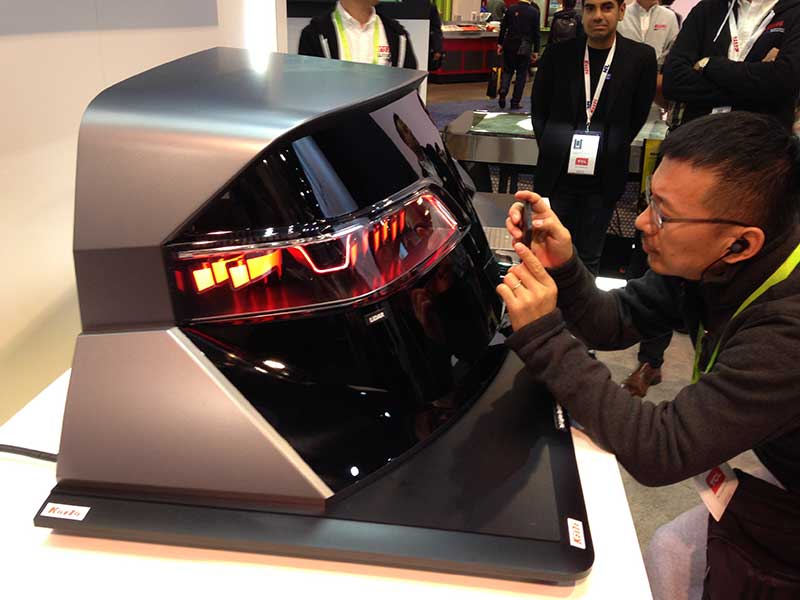
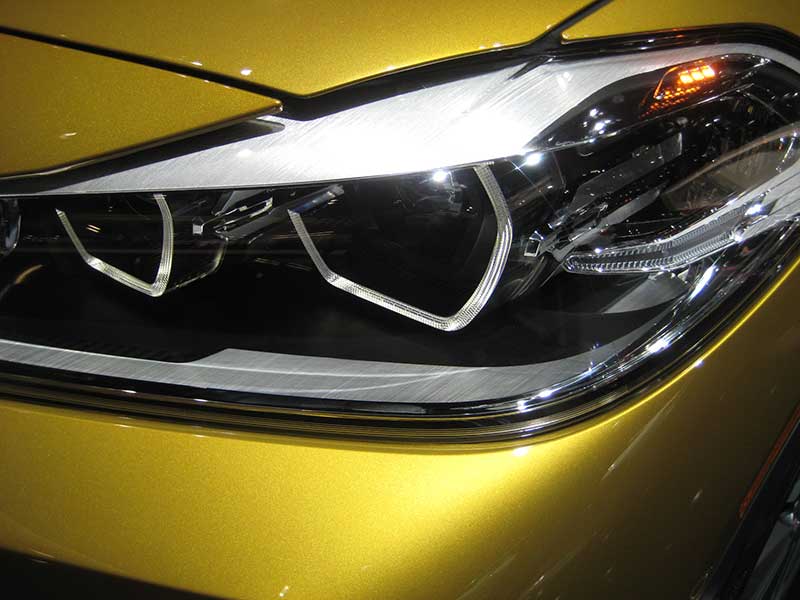
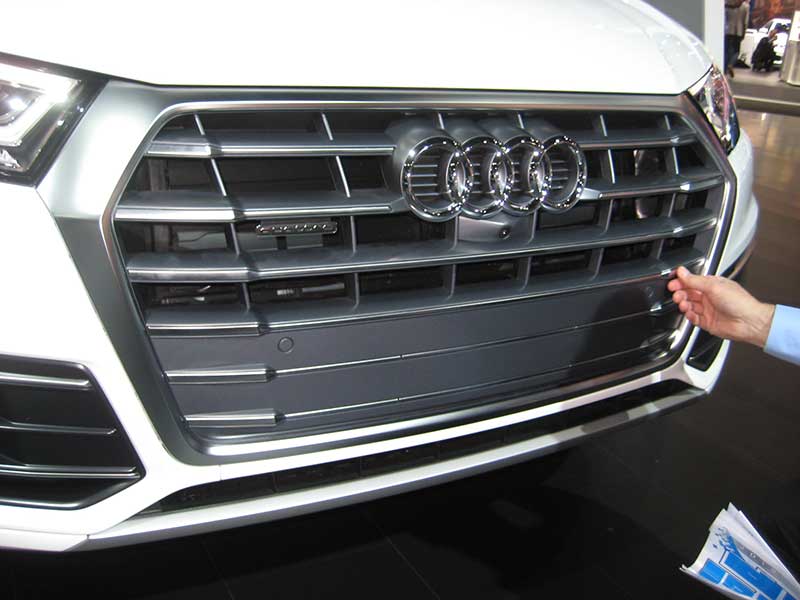

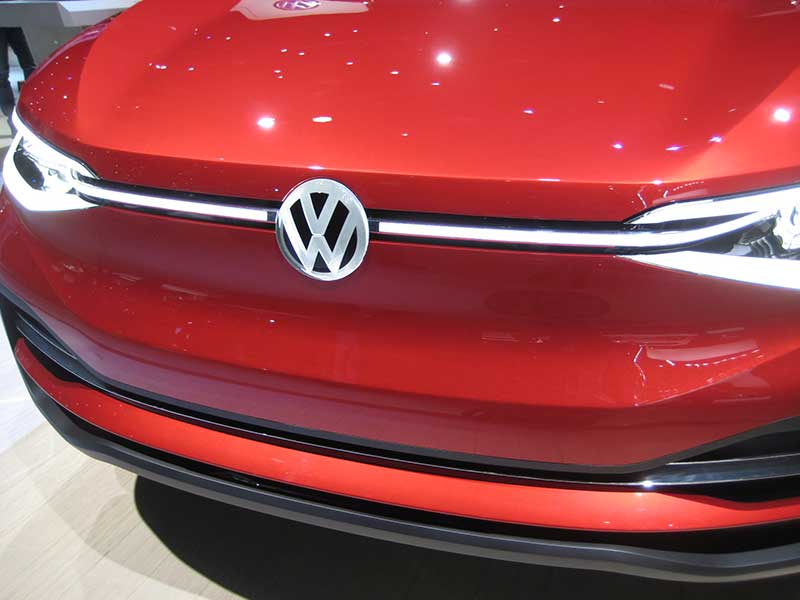
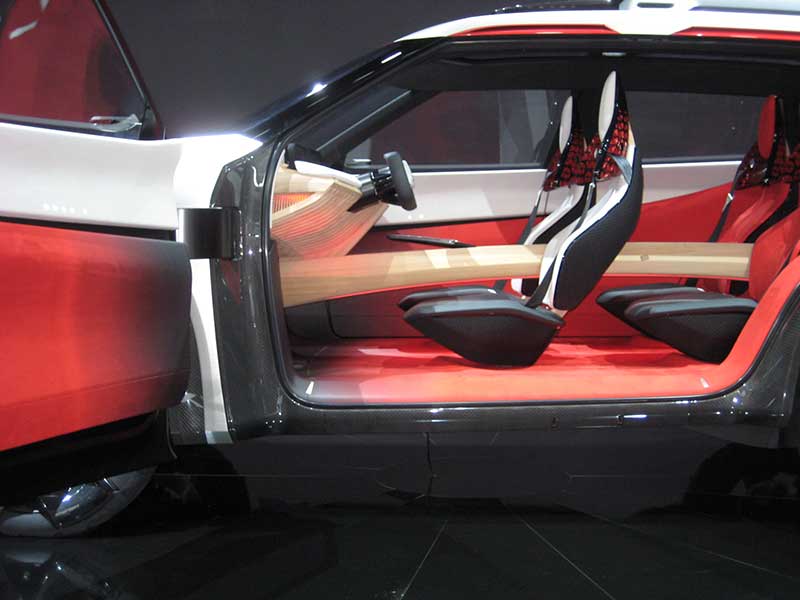
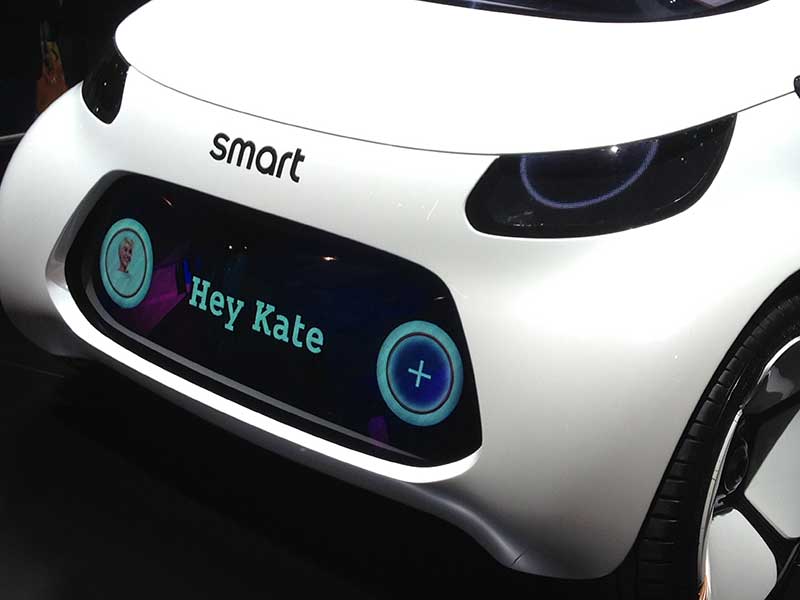
Nice article for the plastic engineers & automotive segment.